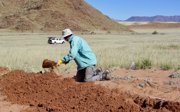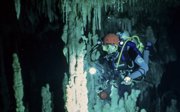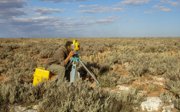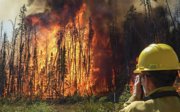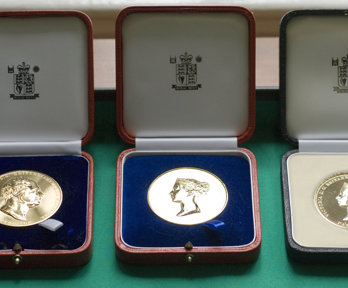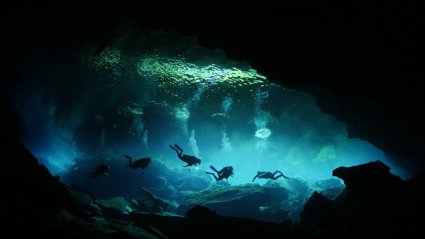
Q&A with Professor Stefan Doerr
Read our interview with 2024 Murchison Award recipient, Professor Stefan Doerr.
Keeping an open mind on what one’s focus should be [...] and being open to new opportunities will help in building a career in this field.Professor Stefan Doerr
What did you want to be, or where did you want to work, when you were a teenager?
"At some point a stuntman, but I realised this was far-fetched. Later in my teens the idea of becoming an explorer or a scientist seemed a more reasonable, if still far-fetched, aspiration.
"I did start making climbing and caving gear for myself when I was 15 and turned this into a small formal business at 18. This supported me and a series of caving and climbing expeditions during my undergraduate and PhD years.
"So, I was fortunate to fulfil both lofty ideas I had as a teenager to some extent."
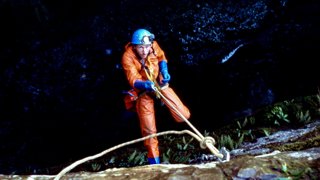
How did you get into this field of work?
"Fate not choice. I had specialised in soil science and karst geomorphology during my undergraduate degree. I wanted to focus on satellite remote sensing in my PhD, but soon realised this meant too much office time and number crunching.
"My PhD supervisors then kindly offered me the opportunity to join them in their fieldwork in Portugal and suggested I examine soil hydrological properties in Eucalyptus plantations. Some of these had been affected by wildfire, which triggered my interest in fire impacts."
What has been the highlight of your career, regardless of how big or small, so far?
That's a tough one. I love fieldwork in remote regions and I've been on many exciting research expeditions to remote regions from investigating fairy circles in Namibia, cave diving in Mexico, geophysical surveying in the Australian desert to examining fire impacts and forest recovery around the world.
"What stands out most, perhaps, is research in northern Canada with a wonderful team and where blocks of forests are set aside for experimental wildfires. This allows you to instrument and safely observe a real wildfire close-up, which I still find incredible and would otherwise be far too dangerous to do.
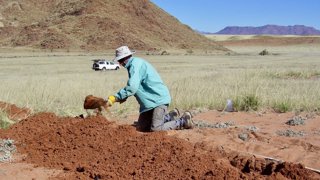
Do you have any advice for someone wanting to go into your field?
"Wildfires are undoubtedly becoming an increasing challenge in the UK and around the world, so there will be plenty to do in this fascinating and interdisciplinary topic.
"Keeping an open mind on what one’s focus should be, where and with whom to work, and being open to new opportunities will help in building a career in this field.
"Above all, meeting, working with and learning from like-minded people in any field of research is one of the great rewards of the job."
What three words would you use to describe your life and work?
"Good work-life balance (well not always, but mostly)."
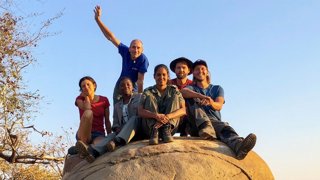
Stay informed
We regularly host exhibitions as well as in-person and online events, including our Monday night lectures (members only) and regional events.
Would you like to stay up to date about our upcoming events and news? Log in, or create an account, and sign up for our newsletter.
